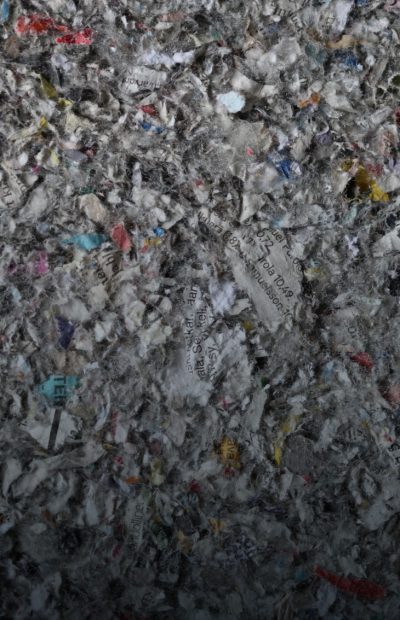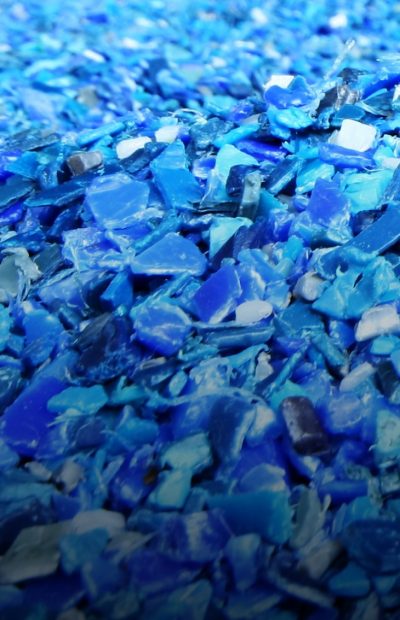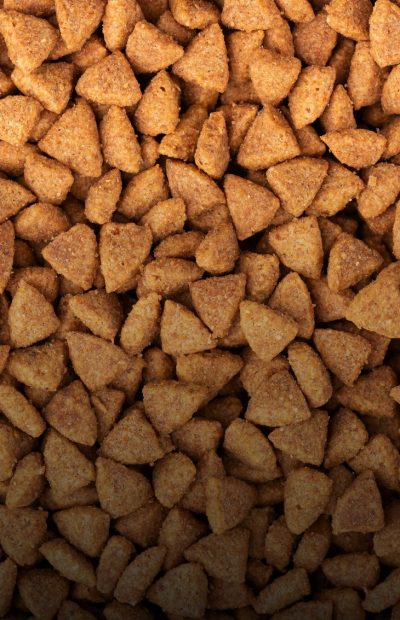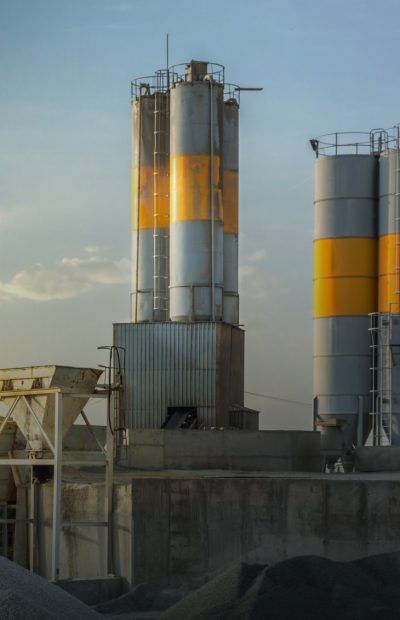Sludge Drying – Disposal & Resource Recovery
From Disposal Problem to Valuable Material

Sewage, paper, dairy, and industrial sludge are generated in large quantities. In a moist state, they cause high disposal costs and are difficult to handle. With modern sludge drying, the volume is reduced by up to 80%. The dried sludge can be stored safely, transported cost-effectively, and used as fuel or secondary raw material.
Unbeatable Advantages at a Glance:
Reduce Volume and Weight
Up to 80% less mass significantly reduces transport and disposal costs.
Utilize Energy Potential
Dried sludge is a high-quality fuel for mono-incineration or cement plants.
Recover Raw Materials
Phosphorus, carbon, and other valuable materials can be extracted from dry granules.
Ensure Hygienization
Drying reduces biological risks and facilitates storage and further processing.
Sewage Sludge
Reduce volume,
increase energy potential
Sewage sludge is produced in municipal and industrial sewage treatment plants as a residual product of wastewater treatment. After mechanical dewatering, a high proportion of water remains, which increases the cost of transport and disposal.
Drying processes the sludge into a solid or low-dust granulate. This reduces transport costs and makes the sludge suitable for mono-incineration or phosphorus recovery.


Sewage Treatment Plants
In municipal and industrial sewage treatment plants, sewage sludge is produced as a residual product of wastewater treatment. This sludge is an aqueous mass of microorganisms that process nutrients from the wastewater.
After mechanical dewatering, a high water content remains. By adding polymer, the sludge becomes solid and can then be dried. Dried sewage sludge loses up to 80% of its volume and weight, which significantly reduces transport and disposal costs.

Sewage Sludge Pyrolysis
Dried sewage sludge consists largely of dead microorganisms and thus of carbon compounds. Through pyrolysis, it can serve as a raw material in fertilizer production or be processed into activated carbon for filter systems.
This process not only enables sustainable disposal but also its use as a high-quality secondary raw material for various industries.
Paper Sludge
From By-product to Energy Source
In paper and cardboard production, paper sludge is generated in large quantities. This by-product is heavy and moist – expensive to store and dispose of in its raw state.
Drying processes paper sludge into a high-calorie substitute fuel or secondary raw material. Many cement plants and combined heat and power plants use dried paper sludge as a cost-effective, sustainable energy source.

Dairy Sludge
Utilize Organic Residues Sustainably
Dairies and food processing plants produce sludge with a high proportion of organic substances. In a moist state, these are biologically active and have a limited storage life.
Drying stabilizes the material, reduces the volume, and enables energetic use as fuel or recycling in biogas plants.

Industrial Sludge
Secure Valuable Materials, Reduce Disposal Costs
Industrial sludge is generated in many production processes – from chemical processes to metal processing and surface treatments. These sludges often contain valuable metals or chemical compounds.
Drying makes the material storable, reduces disposal costs, and valuable materials can be economically recovered or safely deposited.

Iron Sludge
Secondary Raw Materials for New Applications
Iron sludge is produced in metallurgical processes and contains high proportions of iron oxide.
Drying processes these sludges into secondary raw materials that can be used in cement production, in filter materials, or in metal recovery processes.

Technology & Processes
Innovative drying,
modularly adaptable
Hans Binder belt and container belt dryers are specially designed for moist, viscous, or abrasive sludges. The modular systems can be flexibly adapted to throughput and moisture content. By integrating waste heat from biogas, industrial, or incineration plants, drying becomes particularly energy-efficient.

Other Application Areas:
FAQ – Recycling & Waste Management
Sewage, paper, dairy, industrial, and iron sludge.
Usually, drying is carried out to approximately 85% to 91% DS. However, there are applications in which drying is carried out to a higher or significantly lower degree.
Unfortunately, this cannot be answered in this way, as we do not have one dryer, but our drying systems are modular and can therefore cover a huge range of performance. However, our belt dryers are built to meet requirements and can cover a performance range from approx. 100 kg/h to 10 t/h water evaporation per line.
Our belt drying systems are capable of using a variety of heat sources, such as hot water, superheated water, steam, gas, thermal oil, oil, hot air…
In addition, two or more heat sources can be combined to enable optimal energy use.
Yes, our drying systems are designed for continuous operation (24 hours/7 days a week) and run automatically.
No, the drying process runs automatically. Personnel is only required for daily checks (0.5 hours to 1.5 hours) as well as for maintenance and repair work.
No, all our systems are suitable for outdoor installation and can be installed outdoors without an additional building.
Yes, due to the modular design, the systems can be expanded at any time and the throughput rate can be increased.
This cannot be answered generally, as it depends heavily on the dried product and official regulations.
Yes, the modular systems can be flexibly integrated into existing plants and energy sources.
Depending on the starting material and process, the cost saving can be up to 80%.







